TECH
Hackathon Project Presentation Slide 1: Title Slide Title: Hackathon Project Presentation Integrating Semantic Kernel with Azure AI Subtitle: Leveraging Singleton Injection for Efficient Plugin Management Additional Info: Hackathon Name / Event Date Team Name / Project Name Slide 2: Agenda Introduction & Project Overview Semantic Kernel & Azure AI Overview Architecture & Dependency Injection Implementation Highlights Demo & Results Challenges, Future Work & Q&A Slide 3: Project Overview Objective: Develop an innovative solution integrating Semantic Kernel and Azure AI. Key Technologies: Semantic Kernel: For semantic processing and AI integration Azure AI: To enhance scalability and performance Hackathon Goals: Demonstrate rapid prototyping and advanced integration techniques Unique Selling Points: Dynamic plugin management using DI (AddSingleton, AddScoped, AddTransient) Slide 4: Semantic Kernel Overview What is Semantic Kernel? A framework to integrate semantic capabilities into your application. Core Features: Language understanding Knowledge integration Native plugin support for extended functionality Documentation Reference: Semantic Kernel Concepts Slide 5: Azure AI Integration Overview of Azure AI: A suite of AI services enhancing cognitive capabilities. Key Benefits: Scalability Robust performance Seamless integration with Semantic Kernel Impact on Project: Improved accuracy in semantic processing Enhanced overall user experience Slide 6: Dependency Injection & Plugin Management Singleton Injection: Utilizes AddSingleton to initialize and reuse a single instance of Semantic Kernel. Other DI Methods: AddScoped: Manages per-request instances (e.g., specific plugins) AddTransient: Creates a new instance per usage Why This Matters: Ensures optimal resource management and application performance. Reference Example: Adding Native Plugins Slide 7: Architecture Diagram Diagram Elements: Semantic Kernel Initialization: Registered via AddSingleton Plugin Registration: Managed using AddScoped and AddTransient Integration Flow: User requests → Application services → Semantic Kernel → Azure AI responses Explanation: Visual walkthrough of how components interact and support dynamic plugin behavior. Slide 8: Code Implementation Highlights Service Configuration: Code snippet showing DI setup: // Register Semantic Kernel as a Singleton services.AddSingleton(sp => new SemanticKernel()); // Register plugins with different lifetimes services.AddScoped(); services.AddTransient(); Key Points: Centralized initialization of Semantic Kernel Flexible plugin injection for customized behavior Optimized performance via proper lifecycle management Slide 9: Demo & Results Live Demo / Screenshots: Display the application in action, highlighting semantic processing and Azure AI responses. Performance Metrics: Response time improvements Enhanced scalability and resource management User Impact: Improved accuracy and dynamic functionality through native plugins Slide 10: Challenges and Learnings Technical Challenges: Integrating multiple DI lifecycles Managing stateful vs. stateless components Resolutions: Leveraged DI best practices (Singleton, Scoped, Transient) Iterative testing and real-time adjustments during development Key Learnings: Importance of clear architectural design Balancing performance with flexibility in plugin management Slide 11: Future Work and Enhancements Potential Improvements: Integrate additional Azure AI services Expand plugin functionalities with more native capabilities Scalability Considerations: Optimize DI configurations for larger deployments Long-Term Vision: Build a robust, extensible AI integration platform leveraging Semantic Kernel Slide 12: Conclusion Summary: Successfully integrated Semantic Kernel with Azure AI using advanced DI techniques. Project Impact: Demonstrated a scalable, efficient approach for managing AI-powered functionalities. Final Thoughts: Emphasis on continuous learning and innovation for future enhancements. Slide 13: Q&A Discussion: Invite questions and open the floor for discussion. Contact Information: Provide details for follow-up queries.

Hackathon Project Presentation
Slide 1: Title Slide
- Title: Hackathon Project Presentation Integrating Semantic Kernel with Azure AI
- Subtitle: Leveraging Singleton Injection for Efficient Plugin Management
-
Additional Info:
- Hackathon Name / Event Date
- Team Name / Project Name
Slide 2: Agenda
- Introduction & Project Overview
- Semantic Kernel & Azure AI Overview
- Architecture & Dependency Injection
- Implementation Highlights
- Demo & Results
- Challenges, Future Work & Q&A
Slide 3: Project Overview
-
Objective:
- Develop an innovative solution integrating Semantic Kernel and Azure AI.
-
Key Technologies:
- Semantic Kernel: For semantic processing and AI integration
- Azure AI: To enhance scalability and performance
-
Hackathon Goals:
- Demonstrate rapid prototyping and advanced integration techniques
-
Unique Selling Points:
- Dynamic plugin management using DI (
AddSingleton,AddScoped,AddTransient)
- Dynamic plugin management using DI (
Slide 4: Semantic Kernel Overview
-
What is Semantic Kernel?
- A framework to integrate semantic capabilities into your application.
-
Core Features:
- Language understanding
- Knowledge integration
- Native plugin support for extended functionality
- Documentation Reference:
Slide 5: Azure AI Integration
-
Overview of Azure AI:
- A suite of AI services enhancing cognitive capabilities.
-
Key Benefits:
- Scalability
- Robust performance
- Seamless integration with Semantic Kernel
-
Impact on Project:
- Improved accuracy in semantic processing
- Enhanced overall user experience
Slide 6: Dependency Injection & Plugin Management
-
Singleton Injection:
- Utilizes
AddSingletonto initialize and reuse a single instance of Semantic Kernel.
- Utilizes
-
Other DI Methods:
- AddScoped: Manages per-request instances (e.g., specific plugins)
- AddTransient: Creates a new instance per usage
-
Why This Matters:
- Ensures optimal resource management and application performance.
- Reference Example:
Slide 7: Architecture Diagram
-
Diagram Elements:
-
Semantic Kernel Initialization: Registered via
AddSingleton -
Plugin Registration: Managed using
AddScopedandAddTransient - Integration Flow:
- User requests → Application services → Semantic Kernel → Azure AI responses
-
Semantic Kernel Initialization: Registered via
-
Explanation:
- Visual walkthrough of how components interact and support dynamic plugin behavior.
Slide 8: Code Implementation Highlights
-
Service Configuration:
- Code snippet showing DI setup:
// Register Semantic Kernel as a Singleton services.AddSingleton<SemanticKernel>(sp => new SemanticKernel()); // Register plugins with different lifetimes services.AddScoped<IPlugin, ScopedPlugin>(); services.AddTransient<IPlugin, TransientPlugin>(); -
Key Points:
- Centralized initialization of Semantic Kernel
- Flexible plugin injection for customized behavior
- Optimized performance via proper lifecycle management
Slide 9: Demo & Results
-
Live Demo / Screenshots:
- Display the application in action, highlighting semantic processing and Azure AI responses.
-
Performance Metrics:
- Response time improvements
- Enhanced scalability and resource management
-
User Impact:
- Improved accuracy and dynamic functionality through native plugins
Slide 10: Challenges and Learnings
-
Technical Challenges:
- Integrating multiple DI lifecycles
- Managing stateful vs. stateless components
-
Resolutions:
- Leveraged DI best practices (
Singleton,Scoped,Transient) - Iterative testing and real-time adjustments during development
- Leveraged DI best practices (
-
Key Learnings:
- Importance of clear architectural design
- Balancing performance with flexibility in plugin management
Slide 11: Future Work and Enhancements
-
Potential Improvements:
- Integrate additional Azure AI services
- Expand plugin functionalities with more native capabilities
-
Scalability Considerations:
- Optimize DI configurations for larger deployments
-
Long-Term Vision:
- Build a robust, extensible AI integration platform leveraging Semantic Kernel
Slide 12: Conclusion
-
Summary:
- Successfully integrated Semantic Kernel with Azure AI using advanced DI techniques.
-
Project Impact:
- Demonstrated a scalable, efficient approach for managing AI-powered functionalities.
-
Final Thoughts:
- Emphasis on continuous learning and innovation for future enhancements.
Slide 13: Q&A
-
Discussion:
- Invite questions and open the floor for discussion.
-
Contact Information:
- Provide details for follow-up queries.



































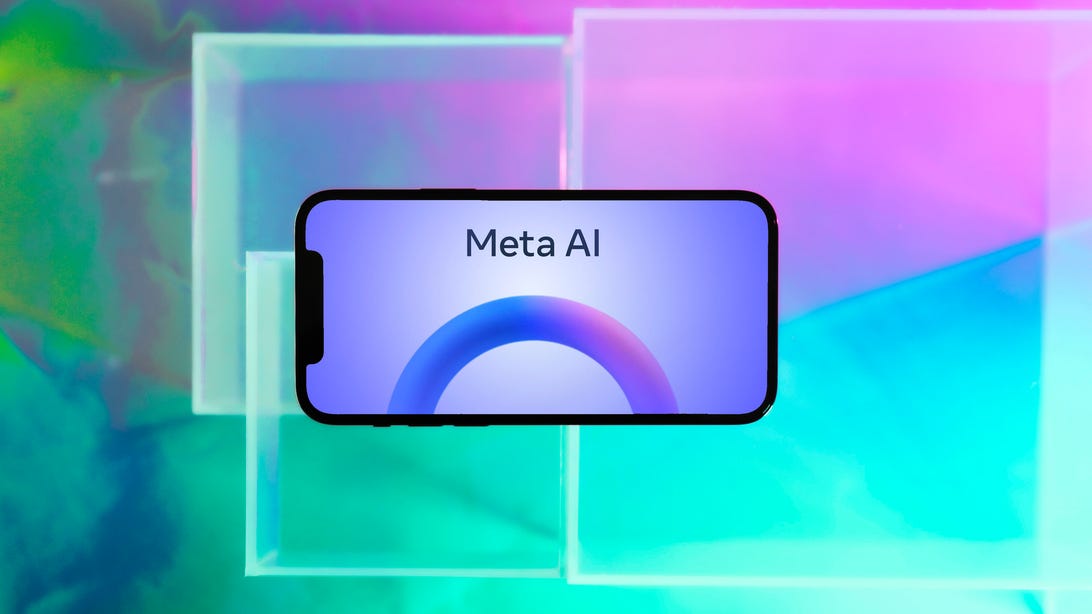




































































































































![[The AI Show Episode 143]: ChatGPT Revenue Surge, New AGI Timelines, Amazon’s AI Agent, Claude for Education, Model Context Protocol & LLMs Pass the Turing Test](https://www.marketingaiinstitute.com/hubfs/ep%20143%20cover.png)



































































































































![From drop-out to software architect with Jason Lengstorf [Podcast #167]](https://cdn.hashnode.com/res/hashnode/image/upload/v1743796461357/f3d19cd7-e6f5-4d7c-8bfc-eb974bc8da68.png?#)
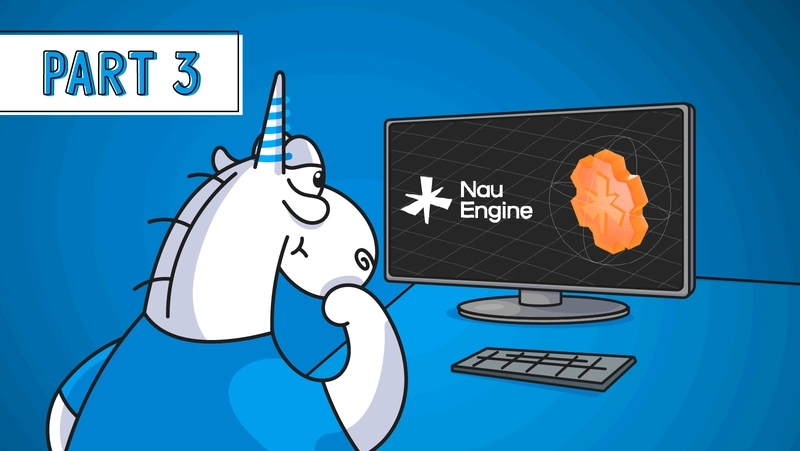
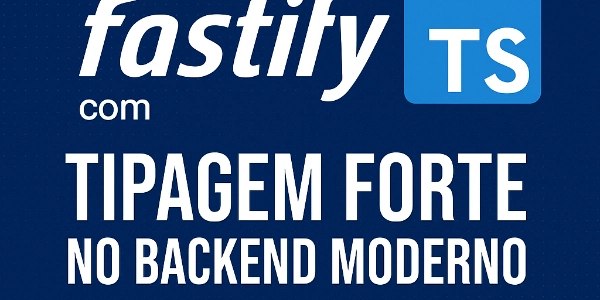













































































































.png?width=1920&height=1920&fit=bounds&quality=70&format=jpg&auto=webp#)


.png?width=1920&height=1920&fit=bounds&quality=70&format=jpg&auto=webp#)









































































































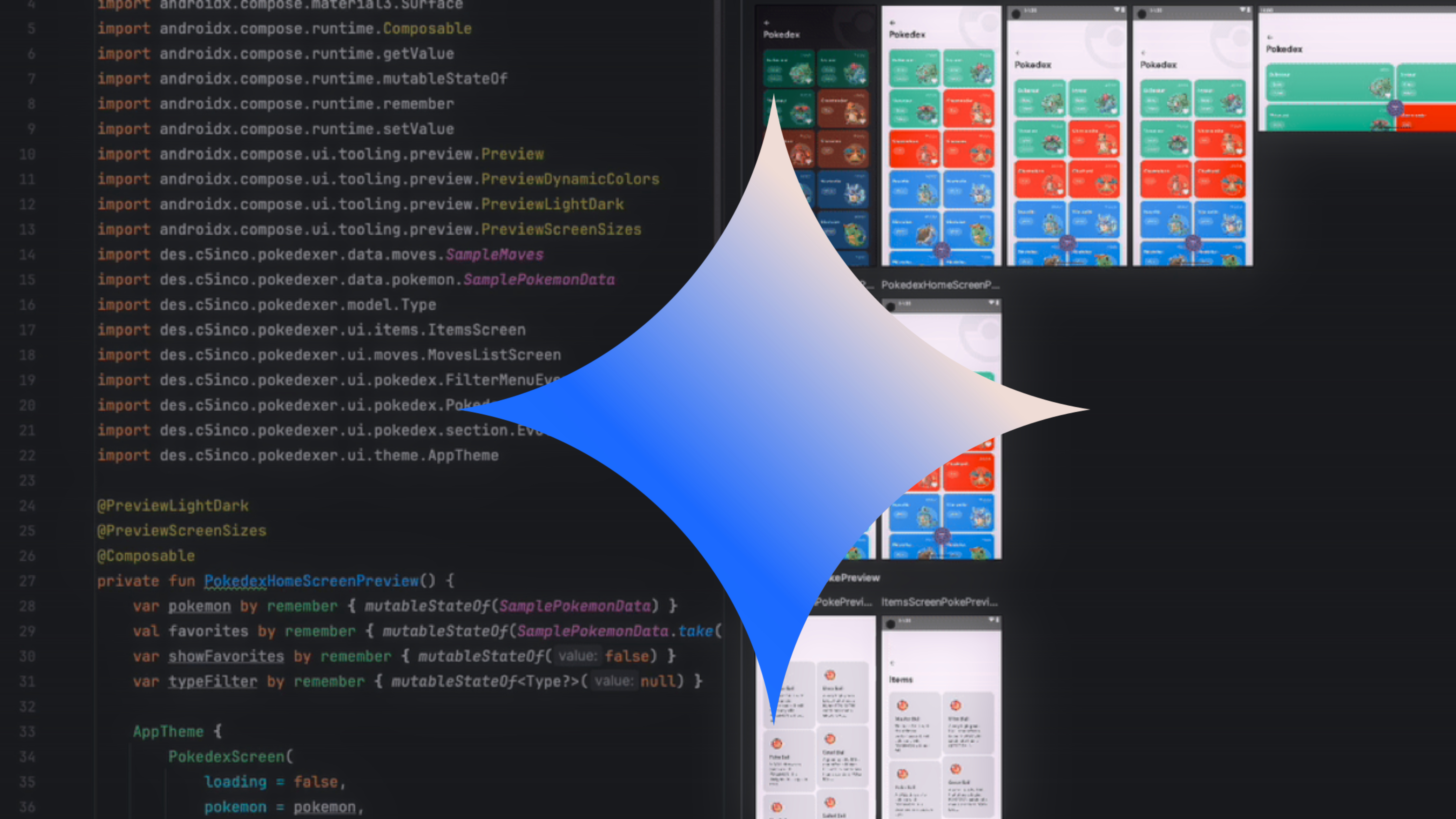


























![Apple Rushes Five Planes of iPhones to US Ahead of New Tariffs [Report]](https://www.iclarified.com/images/news/96967/96967/96967-640.jpg)
![Apple Vision Pro 2 Allegedly in Production Ahead of 2025 Launch [Rumor]](https://www.iclarified.com/images/news/96965/96965/96965-640.jpg)














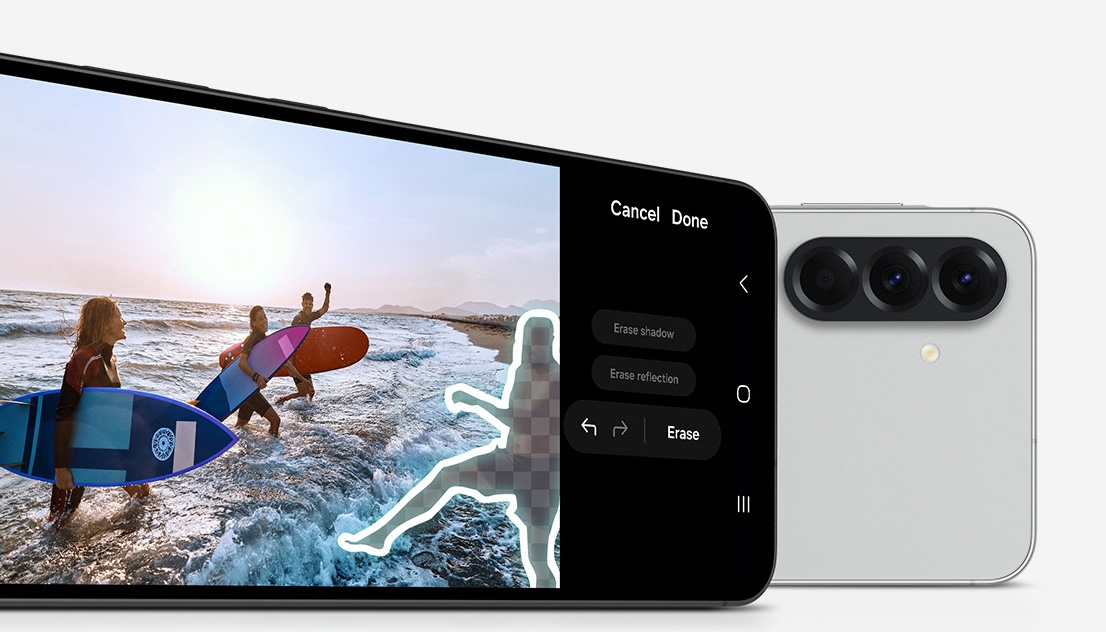




![3 big talking points after Daredevil Born Again episode 8: why did Daredevil save [spoiler], who really killed Foggy in the Marvel TV show, and more](https://cdn.mos.cms.futurecdn.net/FpR4EjKc9Pgn4VSqYqqoc3.jpg?#)















































































































